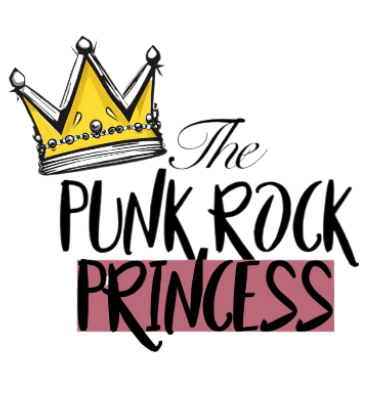Is there a plan if they demand milk right this minute? Milk from saucers is a typical depiction of cats in art. How about milk, though? Is that safe to consume?
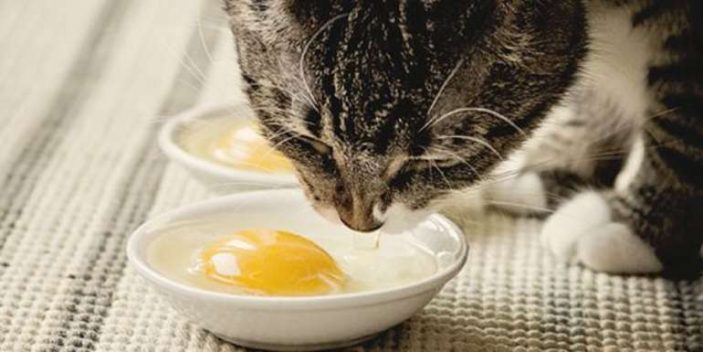
Cats and dogs became popular subjects for artists in the 19th century, which may have led to the widespread idea that cats enjoy drinking milk.
As the number of people living in cities grew during the Industrial Revolution, there was a lot of demand for artists who could draw cute pictures of cats and dogs.
According to New York’s Rehs Galleries, French artist Alfred-Arthur Brunel de Neuville was well-liked during his lifetime for depictions of cats slurping from bowls of milk.
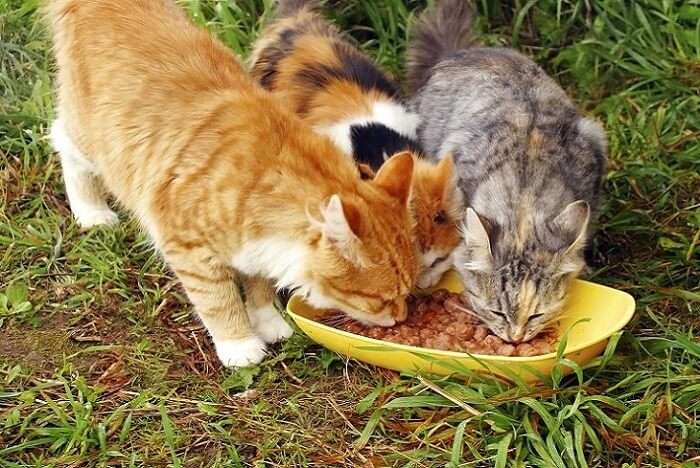
The People’s Dispensary for Sick Animals, Britain’s largest veterinary charity, says that giving milk to adult cats may hurt them more than help them. In the same way that most humans do, many older cats also develop a lactose intolerance, the sugar in milk.
According to Nathalie Dowgray, president of the International Society of Feline Medicine in the United Kingdom, “for most cats, the ability to digest lactose declines after weaning.”
Because of this, milk can trigger adverse reactions in felines, including gastrointestinal distress and vomiting or diarrhoea.
It’s possible, as Dowgray pointed out, that some adult cats, like some adult humans, can continue to digest lactose. However, she claims that “there are no additional nutritional benefits to giving your cat cow’s milk if they are fed a high-quality complete and balanced cat food.”
Furthermore, there is a lot of fat in cow’s milk. According to the People’s Dispensary for Sick Animals, a saucer of milk for a cat “is like you eating an entire 12-inch pizza.”
Dowgray claims that feeding a cat cow’s milk can make the feline put on extra pounds.
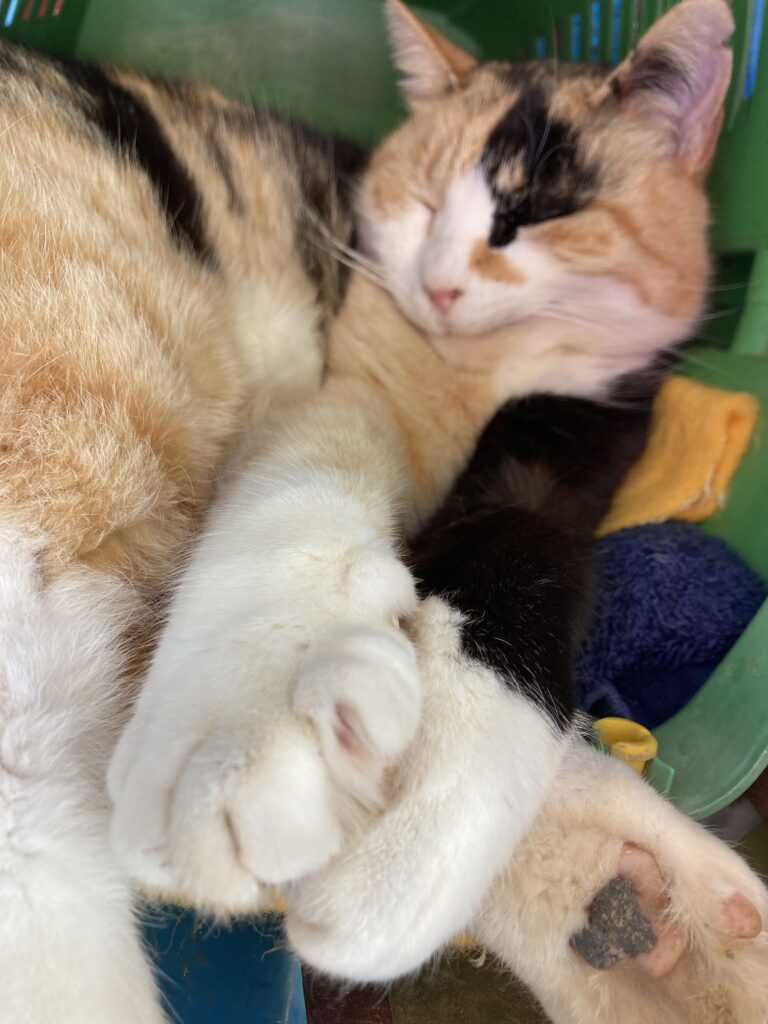
“Cow’s milk contains high levels of phosphate,” Dowgray added. She pointed out that this means cats with kidney disease should stay away from it.”
Hastings Veterinary Hospital in Burnaby, British Columbia, reports that some cats may continue to seek out milk despite its harmful effects because they associate the taste with happy memories from when they were young.
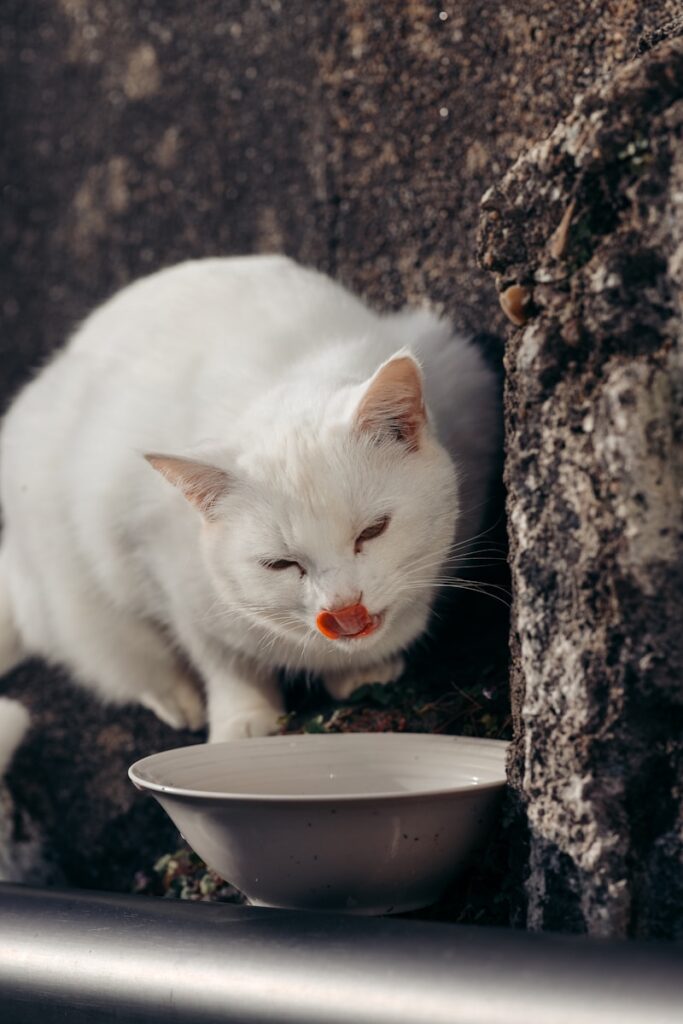
The People’s Dispensary for Sick Animals speculated that the animals might be drawn to the food because of the fatty flavour.
To a certain extent, most kittens will continue to nurse from their mothers until they are weaned at around three months of age.
Dowgray says that kittens who need to be hand-reared because their mother is sick or has died “should be fed a carefully made kitten milk replacer that meets their nutritional needs.”
Cow and goat’s milk don’t cut it as a substitute for cat milk because they don’t have enough protein or fat to support a kitten’s growth and development.
She said that veterinarians recommend suitable milk replacements for kittens, especially for them.
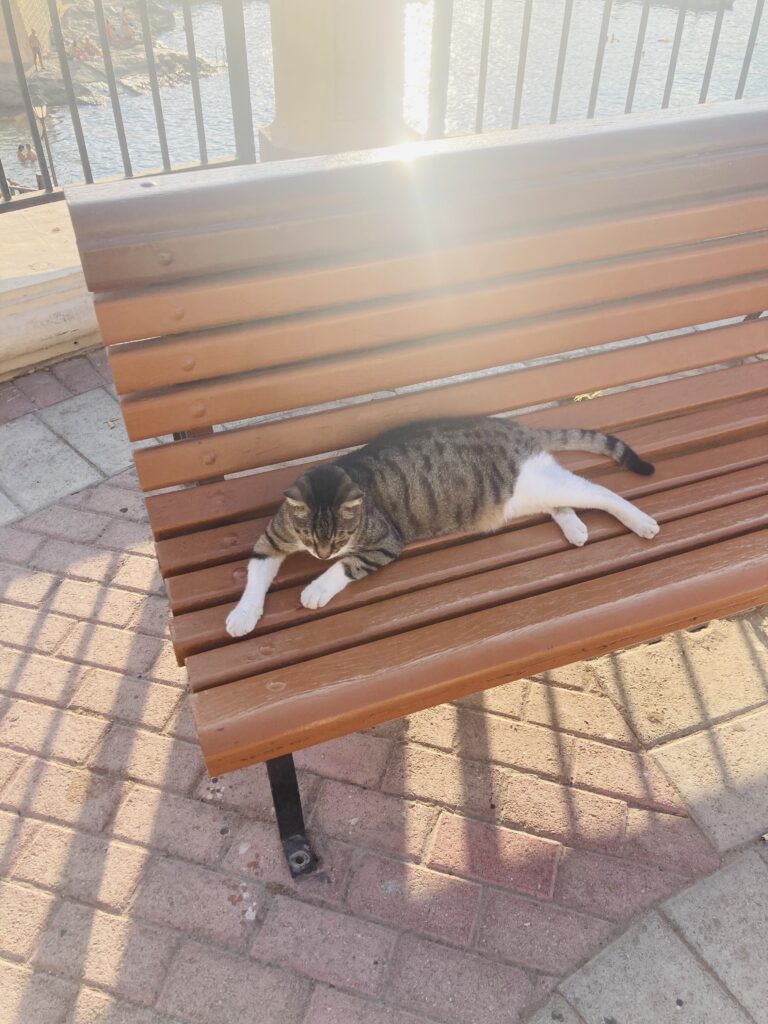
Dougray says that kittens should start eating solid food around their third or fourth week of life and gradually increase their intake until they can eat a complete adult diet.
Cat milk is occasionally available in supermarkets and pet stores.
Dowgray said that instead of buying milk products for cats that aren’t good for them nutritionally, owners should ensure their cats always have access to clean, fresh water.
